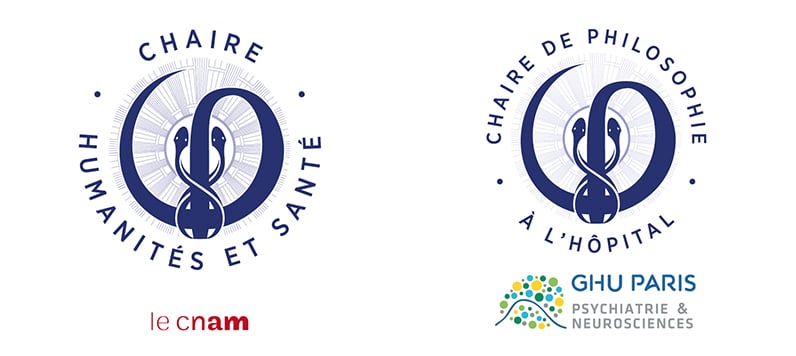https://www.youtube.com/watch?v=KullVX-ZgjwPartly based on the cybernetic model of “piloting”, the rise of personal computing in the early 1980s saw human beings as “users” of scenarios that had been modelled upstream. With the privatisation of software, industrial capitalism found a new vector of growth in the exploitation of cognitive capacities. Where Plato, Karl Marx or Hannah Arendt considered knowledge to be a free and empowering activity, “cognitive” capitalism, on the contrary, assigns it a productive value: thinking and feeling are equated with performance.
With the development of mobile terminals, voice interfaces and, in the future, neural chips, digital technologies are becoming more and more intimately integrated into the body, which is reduced to the psyche alone. Behavioural programming, perfected through ever finer iterations, increases the asymmetry between the major technological firms and the simple “users” that we are. “Captology”, as taught at Stanford University, refers to the relentless exploitation of attention, that is, the thwarting of our ability to perceive what really matters to us. By leveraging our cognitive biases and social interactions, User eXperience (UX) design becomes a powerful tool for developing the “attention economy”. Journalist Eshan Shah Jahan, for example, speaks of “UX Torture” to describe interfaces deliberately designed to degrade the “user experience” and force the user to pay.
While we still lack the hindsight to understand the impact that digital media, streams, and interactions have on us and do with us, or to us, what other design modes and business models can be invented? How can a more subtle understanding of the different psychological theories make it possible to counter a certain neurocognitive approach that equates the human psyche with circuit switches? Might it be possible to allow everyone to understand and access the parameters that shape attention in a digital context? Could design become, in opposition to the exploitation of our psychological vulnerabilities, the setting for a possible “ecology of attention”?
Anthony Masure
Lecturer in design at the University of Toulouse – Jean Jaurès, LLA-CRÉATIS laboratory
Head of the Master 1 in Transdisciplinary Design, Cultures and Territories (DTCT), UT2J
Author of the essay Design et humanités numériques (Design and Digital Humanities) (éditions B42, 2017)
Co-founder of the research journals Réel-Virtuel and Back Office
@anthonymasure
www.anthonymasure.com
Bibliography
- Yves Citton, Estelle Doudet (dir.), Écologie de l’attention et archéologie des médias, actes du colloque de Cerisy 2016, Grenoble, UGA, 2019.
- Yves Citton, Pour une écologie de l’attention, Paris, Seuil, coll. « La couleur des idées », 2014.
- Jonathan Crary, 24/7. Le capitalisme à l’assaut du sommeil [2013], trad. de l’anglais (États-Unis) par Grégoire Chamayou, Paris, Zones, 2014.
- Natasha Dow Schüll, Addiction by Design. Machine Gambling in Las Vegas [2012], Princeton University, 2014.
- Hubert Guillaud, « Répondre au design de nos vulnérabilités », InternetActu, mai 2016, [En ligne], http://www.internetactu.net/2016/06/16/du-design-de-nos-vulnerabilites
- Hubert Guillaud, « Rétro-design de l’attention : c’est compliqué ! », InternetActu, janvier 2019, [En ligne], http://www.internetactu.net/2019/01/14/retro-design-de-lattention-cest-complique
- Pierre-Damien Huyghe, À quoi tient le design, Saint-Vincent-de-Mercuze, De l’Incidence, 2014.
- Ezio Manzini, Artefacts. Vers une écologie de l’environnement artificiel[1990], trad. de l’italien par Adriana Pilia, Paris, Centre Georges Pompidou, CCI, coll. Les Essais, 1991.
- Claudia Roda (dir.), Human Attention in Digital Environments, Cambridge, University Press, 2011.
- Alexandre Saint-Jevin, La machine psychanalytique. Théorie de la machine lacanienne, Dijon, Presses universitaires de Bourgogne, 2019.
- Ethan Shah Jahan, « The Rise of the UX Torture. Moving Beyond UXDesigner », Medium.com, juillet 2014, [En ligne], https://medium.com/@eshan/the-rise-of-the-ux-torturer-7fba47ba6f22
- Norbert Wiener, Cybernétique et société. L’usage humain des êtres humains [1954], trad. de l’anglais par Pierre-Yves Mistoulon et revu par Ronan Le Roux, Paris, Point, 2014.
